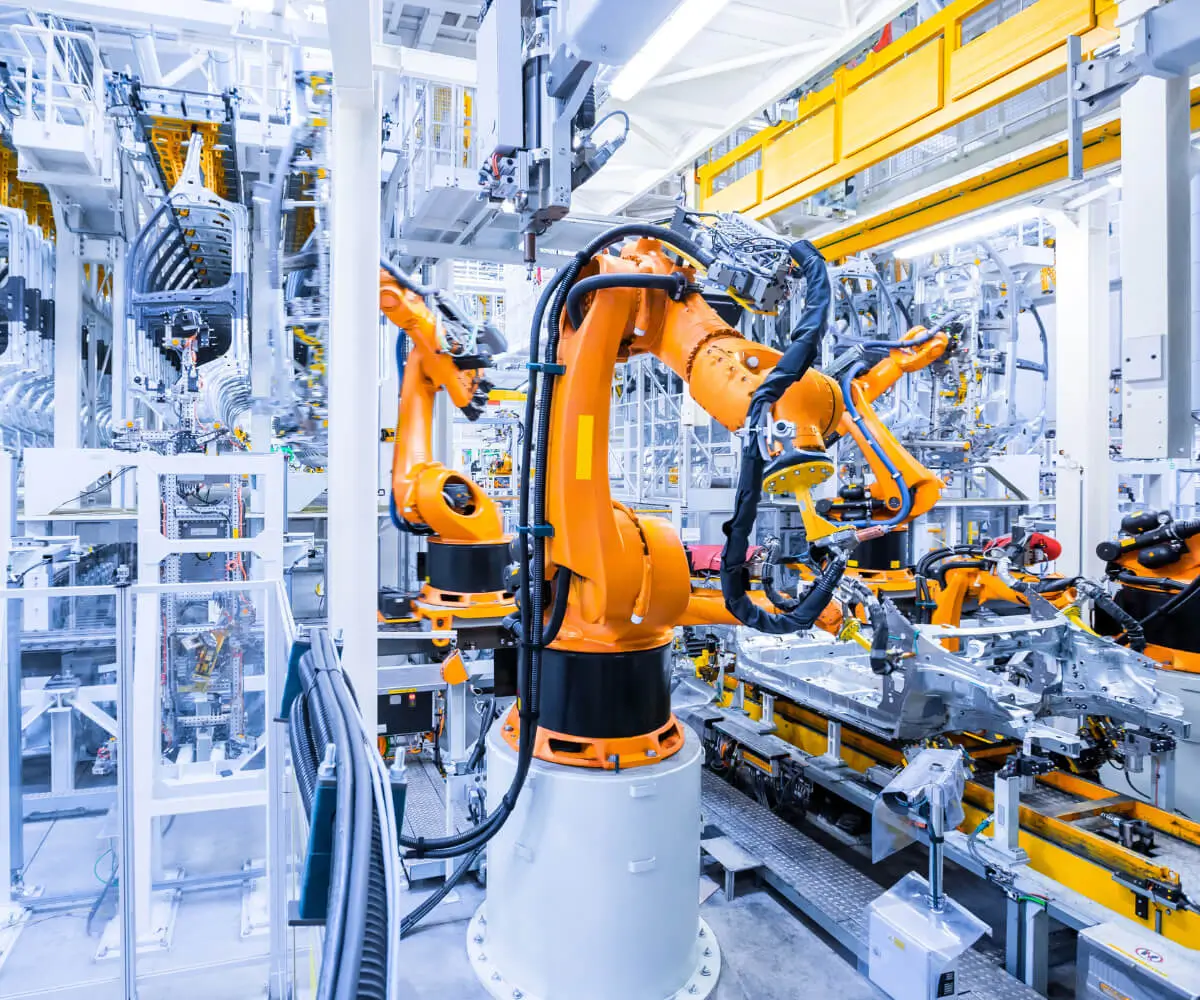Sure! Here's the first part of your soft article centered around “geared 12V DC motor”. I will provide the second part after this.

The Mighty Small but Mighty: An Introduction to Geared 12V DC Motors
The world of mechanical and electronic innovation is perpetually driven forward by small yet powerful components—one of the most charismatic among them being the geared 12V DC motor. These diminutive yet robust devices have quietly become the backbone of countless applications—from the humble household gadget to complex robotic systems. They exemplify how combining simple electrical principles with mechanical ingenuity can lead to versatile solutions that empower modern technology.
At their most basic, a 12V DC motor is just a motor that operates on a 12-volt direct current power supply. These motors are prized for their simplicity, affordability, and the widespread compatibility with standard power sources, especially in automotive, hobbyist, and small-scale industrial contexts. However, when you attach a gear reducer to a 12V DC motor, you unleash a new realm of functionality—precise control, increased torque, and a dramatic reduction in speed that can be perfectly tailored to specific needs.
The “geared” component refers to a set of gears—typically spur gears—that reduce the motor’s rotational speed while simultaneously amplifying its torque output. This gear reduction is essential when applications require overcoming significant resistance or moving heavier loads than the motor alone could efficiently handle. For instance, in robotic arms or conveyor belts, the precise movement and force required are achieved by selecting the right gear ratio.
Why focus on 12V specifically? Because 12V is a common electrical standard widely used in automotive systems, rechargeable batteries, and low-voltage applications. Its ubiquity makes geared 12V DC motors especially appealing for DIY enthusiasts, engineers, and professionals alike. Thanks to the stable voltage, designing circuits and integrating these motors into projects becomes straightforward, and their performance remains consistent.
Moreover, the combination of a 12V power supply with a gear-head motor offers significant flexibility in terms of customization. Users can choose from motor sizes, gear ratios, and shaft configurations to build solutions tailored to particular needs. For example, a gear ratio of 30:1 means the motor’s rotational speed is divided by 30, and its torque is multiplied by the same factor—delivering high force at lower speeds.
Design and Construction:
A typical geared 12V DC motor comprises:
Armature: The rotating part with windings that generate magnetic fields when electrical current flows through. Brushes and Commutator: To transfer current efficiently to the motor windings. Gearbox: Usually housed within a compact casing attached directly to the motor shaft; contains the gear train. Output Shaft: The part that delivers the mechanical work—turning wheels, moving arms, or spinning rollers.
The quality and design of gears in these motors highly influence performance. Quality gear trains with minimal backlash (play) ensure smooth operation, precise control, and longevity, especially under continuous use.
Performance Metrics to Consider:
When selecting a geared 12V DC motor, the key parameters include:
Torque: The rotational force, typically measured in kg·cm, oz·in, or Nm. Speed: The no-load rotational speed, generally given in RPM (revolutions per minute). Gear Ratio: The reduction ratio which determines how much speed decreases and torque increases. Efficiency: How well the motor converts electrical energy into mechanical energy without excessive heat or power loss. Current Draw: Determine if the power supply can handle the motor’s current requirements during startup and under load.
The beauty of these motors lies in their scalability. Tiny geared motors can fit inside a small robot wheel, while larger versions might drive industrial conveyor systems.
Why Geared 12V DC Motors Are Game-Changers
One of the notable advantages of geared 12V DC motors is their ability to turn large loads at low speeds with high precision. This trait underpins their role in automation. For example, in precision positioning applications like camera gimbals or robotic joints, controlling even minute movements with consistency is essential. Gear reduction allows these motors to operate at slower, controlled speeds while delivering the necessary torque.
In robotics, these motors serve as the core driving force behind articulated limbs, mobile robots, and automated systems. Their compact size and straightforward wiring make them suitable even for lightweight drone applications or small automated vehicles.
Additionally, the availability of various gear ratios—from modest (5:1) to very high (up to 1000:1)—means that engineers or hobbyists can fine-tune the balance between speed and torque without needing complex gear assemblies. This kind of flexibility streamlines design, fast-tracks prototyping, and reduces overall costs.
Applications Abound
The versatility of geared 12V DC motors extends across numerous domains:
Robotics: Actuators for joints, wheels, and grippers, providing precise movement. Automotive: Window regulators, adjustable mirrors, and seat movement mechanisms. Home automation: Automated curtains, door locks, or smart appliances. Industrial automation: Conveyor belts, packaging systems, and sorting machinery. Hobby projects: RC cars, small CNC machines, 3D printers, and DIY gadgets.
Beyond functionality, their durability and ease of maintenance make them attractive for long-term use.
Challenges and Considerations
While geared 12V DC motors bring many benefits, their effective application requires understanding some considerations:
Gearbox Quality: Cheap gearboxes might wear out quickly or introduce backlash, compromising precision. Heat Dissipation: High torque and continuous operation can generate heat, necessitating proper cooling. Power Supply: Ensuring a stable 12V source with sufficient current capacity prevents performance dips or damage. Control Circuitry: Implementing PWM (Pulse Width Modulation) control allows for speed regulation and direction control.
By understanding these factors, designers and hobbyists can optimize performance and longevity.
I will continue with the second part shortly, covering advanced applications, recent technological developments, and future prospects of geared 12V DC motors.
Leveraging innovations in modular drive technology, Kpower integrates high-performance motors, precision reducers, and multi-protocol control systems to provide efficient and customized smart drive system solutions.




































